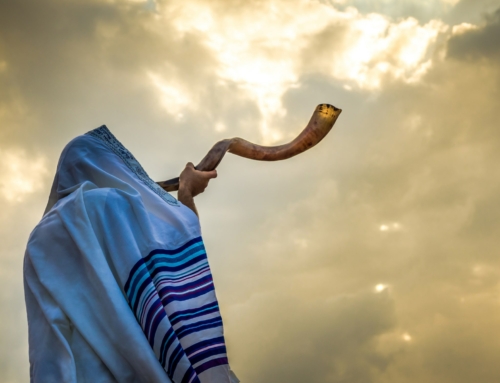According to the Washington Post, archeologists claim to have found a more accurate site of the trial of Jesus.
Christian pilgrims to Jerusalem walk a path of sorrows called the Stations of the Cross, or Via Dolorosa, taking them from where it is believed the Roman procurator, Pontius Pilate, sentenced Jesus to death, and onto the sites where Jesus was scourged, crucified and buried.
Since pilgrims started making their way to Jerusalem centuries ago, the route of the Via Dolorosa has changed several times, depending on who ruled the city at the time and what they deemed important.
In the Byzantine period, the Via Dolorosa began closer to the area where the Citadel museum now sits in the western part of the city near the Jaffa Gate. It was only after the 13th century that the starting point moved to the Antonia Fortress, the site of a former Roman military barracks, which today sits beneath a school close to the Al-Aqsa Mosque and the golden Dome of the Rock shrine.
The debate over the site of the trial continues among Christian spiritual leaders, historians and archaeologists. Questions about the location stem from various interpretations of the Gospels, which describe how Jesus of Nazareth was brought before Pilate in the “praetorium,” a Latin term for a general’s tent within a Roman encampment. Some say Pilate’s praetorium would have been in the military barracks; others say the Roman general would probably have been a guest in the palace built by Herod.
But now historians and archaeologists are certain that Herod’s palace was on the city’s western side, where the Tower of David Museum and the Ottoman-era prison stand near the famous Jaffa Gate.
For Shimon Gibson, an archaeology professor at the University of North Carolina at Charlotte, there is little doubt that the trial occurred somewhere within Herod’s palace compound.
In the Gospel of John, the trial is described as taking place near a gate and on a bumpy stone pavement — details that fit with previous archaeological findings near the prison.
“There is, of course, no inscription stating it happened here, but everything — archaeological, historical and gospel accounts — all falls into place and makes sense,” Gibson said.
The Rev. David Pileggi, rector of Christ Church, an Anglican congregation whose complex includes a guesthouse and heritage center near the museum, said the discovery inside the prison confirmed “what everyone expected all along, that the trial took place near the Tower of David.”
So, now that it is open to the public, could the prison become a new holy site for Christian pilgrims or even change the path of the Via Dolorosa?
“I don’t think that will happen anytime soon,” Pileggi commented. “What makes a place holy is the fact that people have gone there for hundreds of years, prayed, cried and even celebrated there, so I don’t think there will be changes to the route anytime soon. But the prison does give us a clearer explanation of Jerusalem’s history.”
In the Tower of David Museum, named for the medieval citadel in which it sits, director Eilat Lieber hopes the prison will eventually become a standard attraction for Christians.
Museum officials have already started working with tour guides versed in Christian history, who can explain the significance of the remaining rugged walls and carefully carved tunnels underneath.
The discovery began 15 years ago with plans to expand the Tower of David Museum. But the story took a strange turn when archaeologists started peeling away layers under the floor in an old abandoned building adjacent to the museum in Jerusalem’s Old City.
Now, after years of excavation and a further delay caused by wars and a lack of funds, the archaeologists’ precious find is being shown to the public through tours organized by the museum.
“For those Christians who care about accuracy in regards to historical facts, this is very forceful,” said Yisca Harani, an expert on Christianity and pilgrimage to the Holy Land. “For others, however, those who come for the general mental exercise of being in Jerusalem, they don’t care as long as [their journey] ends in Golgotha — the site of the Crucifixion.”







Leave A Comment